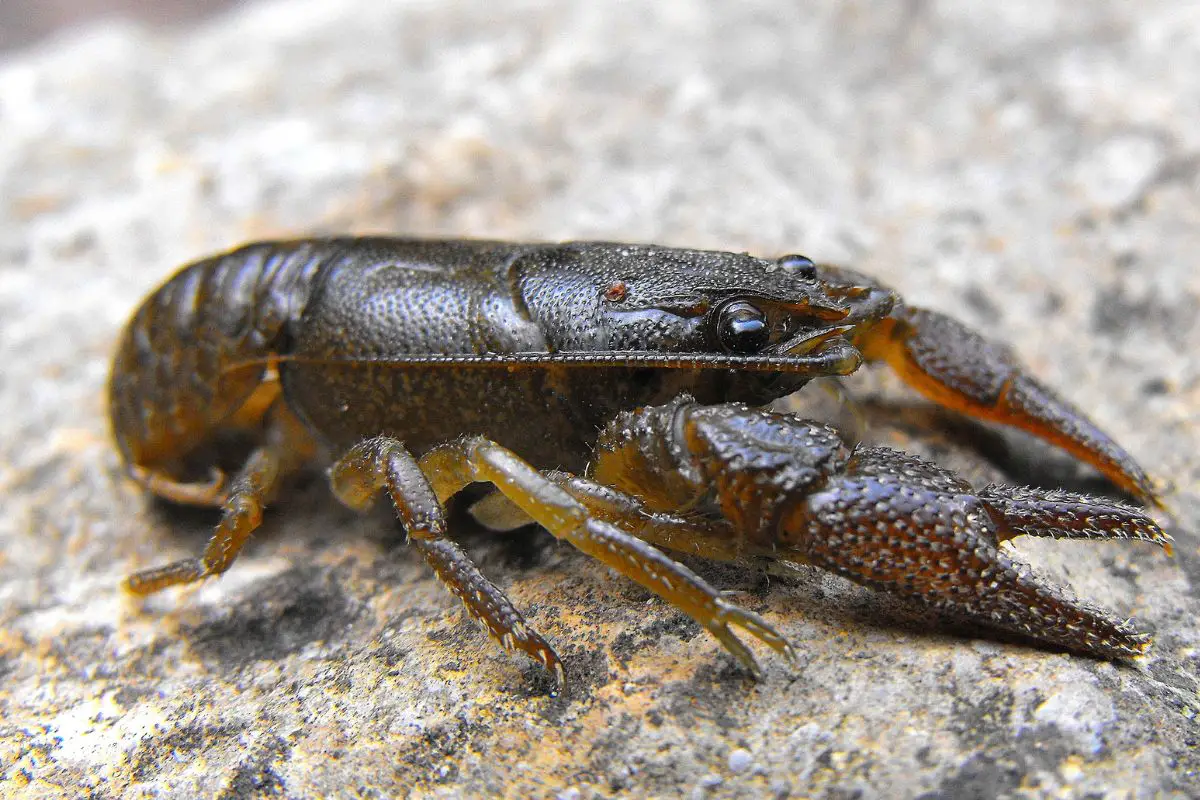
Crayfish, despite their name, are not actually fish. They are crustaceans in the same family as lobsters and crabs. They are also called crawfish or crawdads.
Crayfish are found in the freshwater environment worldwide and are especially common in North America. These small creatures are a popular target for anglers, but they also play an essential role in the food chain. Crayfish are opportunistic omnivores.
They will eat just about anything they can find. Their diet consists of both plant and animal matter. They primarily feed on insects, but also consume smaller fish, snails, and worms.
As a result, crayfish are an important source of food for larger predators like fish, birds, and mammals.
More about crayfish
There are two classifications in the crayfish family. They are Astacoidea and Parastacoidea. The first classification is for the Old World cra,yfish and the second is for the New World crayfish.
The United States has several different types of crayfish, including the Louisiana red swamp crayfish, which is the state crustacean. Crawfish live in rivers, ponds, lakes, and streams. They cling to rocks and other submerged objects with their claws.
Crayfish are nocturnal creatures and will come out at night to feed. During the day, they hide from predators like fish, turtles, snakes, and birds. Crayfish reproduce by releasing eggs into the water.
The female can lay up to 600 eggs at a time. The eggs hatch after about two weeks. The baby crayfish, called crawfishlings, look like miniature adults.
However, they grow quickly and reach maturity in about one year. Crayfish can live for several years. In the wild, however, most crayfish only live for 2-3 years.
Species in the crayfish family
The crayfish family is a large family of animals. There are more than 640 animals in the family. Many have t own regional names.
They primarily live in the Southern United States and Southern Australia. Crayfish vary enormously. The smallest measures only .8 inches in length, and the largest can be up to 31 inches.
Scientists that study crayfish are known as astacologists.
Crawfish vs. Crayfish
Crawfish and crayfish are two different names for the same animal. Crawfish are typically used in Louisiana, while crayfish are used in other parts of North America. There are over 60,000 species of crustaceans, including crabs, lobsters, and shrimp.
1. Lobsters
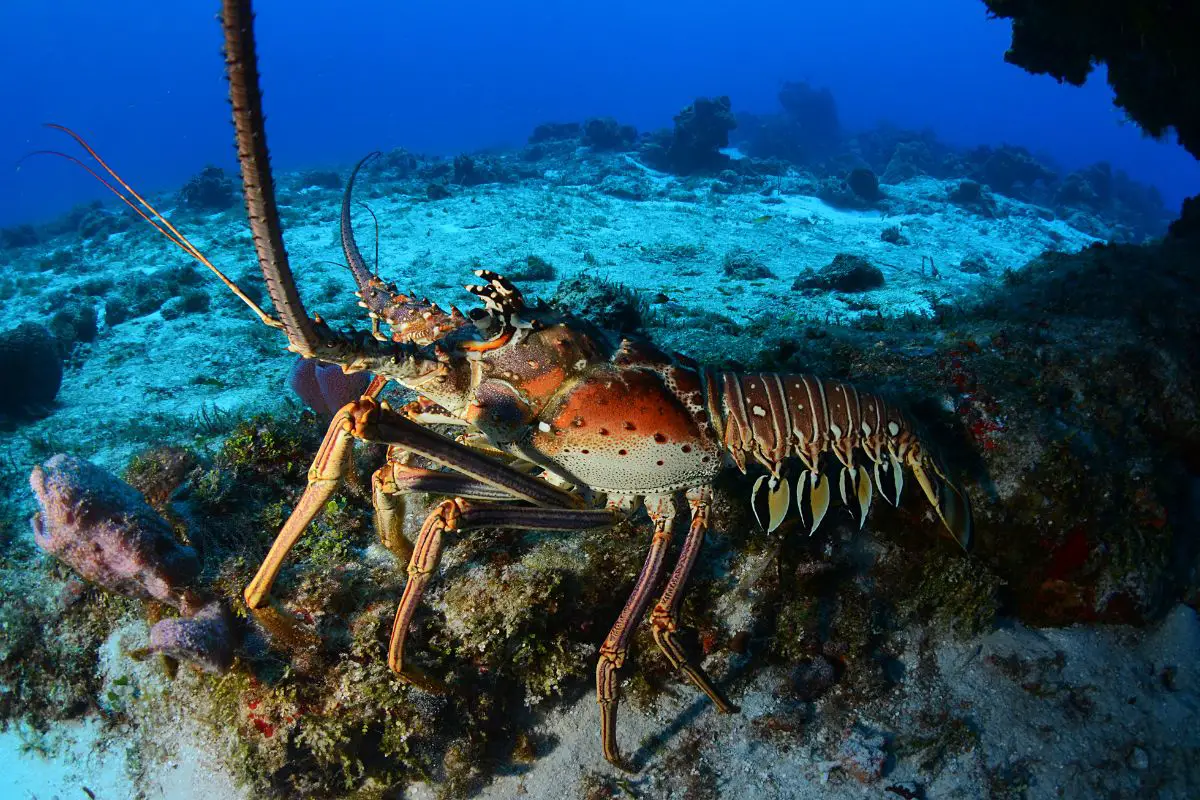
Lobsters are classified as Nephropidae. There are several different types of lobsters, and physiologically they resemble crawfish.
Types of lobsters
Lobsters are divided into two main types: cold water and warm water. There are complex hard and soft shell types. Warm water lobsters include Caribbean, South African, Australian, Reef, California, and Pacific Lobsters.
Cold water lobsters are most commonly served in restaurants. Types of cold water lobster are the Canadian lobster, Maine lobster, New Zealand lobsters, Slipper lobsters, Furry lobsters, and Squat lobsters.
Soft Shell vs. Hard Shell Lobsters
A lobster’s shell will harden as the lobster grows. A lobster will molt, or shed its shell, about 25 times before it reaches full size. A soft-shell lobster is simply a lobster that has recently molted.
Soft shell lobsters are more delicate and have a sweeter flavor than hard shell lobsters.
Similarities between crayfish and lobsters
Crayfish and lobsters are considered “sister species.” Scientists estimate they diverged 330 million years ago. They have ten legs and they are called decapods, meaning “10-footed.”
They are both bottom-dwellers. Crayfish and lobsters are also both edible. They are popular seafood items around the world.
Lobsters are generally considered a more luxurious food item, while crayfish are more commonly seen as a casual dish.
Difference between crayfish and lobsters
While crayfish and lobsters resemble one another, there are a few key differences. All crayfish live in freshwater, while all lobsters live in salt water. Another difference between lobsters and crayfish is their size.
Crayfish are typically much smaller than lobsters. Crayfish are also much smaller than lobsters. The average lobster weighs around 4-5 pounds, while the average crayfish only weighs around .5 pounds.
2. Shrimp
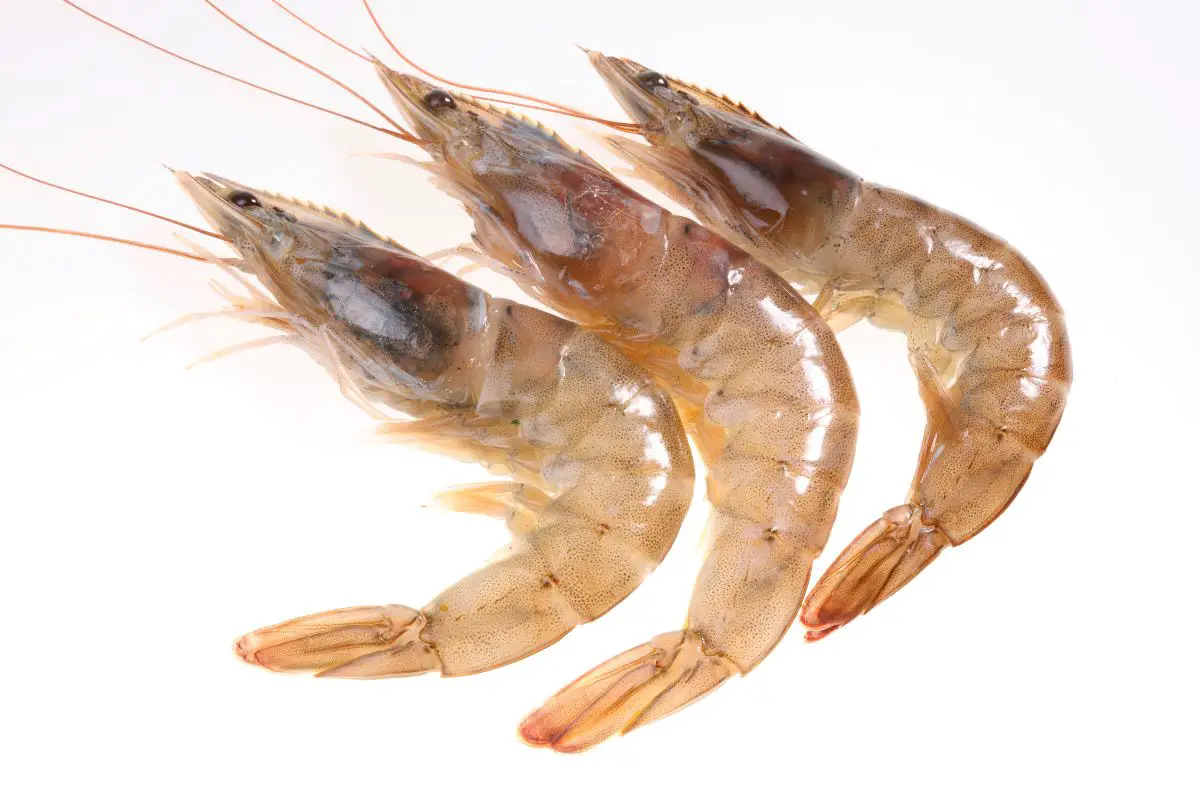
Shrimp, also known as prawns, are similar to crayfish in several ways. There are more than 1,900 species of shrimp. They come in various colors: white, pink, red, and brown.
They are found in fresh and saltwater and are often used as food. Both crayfish and shrimp are decapods. This means they have ten legs.
Shrimp also have a hard exoskeleton.
Shrimp vs. Prawns
The terms “shrimp” and “prawns” are often used interchangeably. In general, shrimp are smaller than prawns. Shrimp are also typically saltwater dwelling creatures, while prawns can live in either freshwater or saltwater.
Similarities and Differences between Crayfish and Shrimp
Shrimp are much smaller than crayfish. They also have a different taste. Shrimp typically have a more slender body.
They also have longer antennae. They both have two body segments, called the cephalothorax and abdomen. However, there are several key differences between shrimp and crayfish.
For one, shrimp live in salt water, while crayfish live in freshwater. Shrimp are also smaller than crayfish. The average shrimp is around 3 inches long, while the average crayfish is around 6 inches long.
Shrimp are also typically cooked and eaten whole, while crayfish are usually only eaten for their tails. This is because the tails of crayfish are significantly larger than their bodies, whereas the tails of shrimp only make up a small part of their overall size.
3. Krill
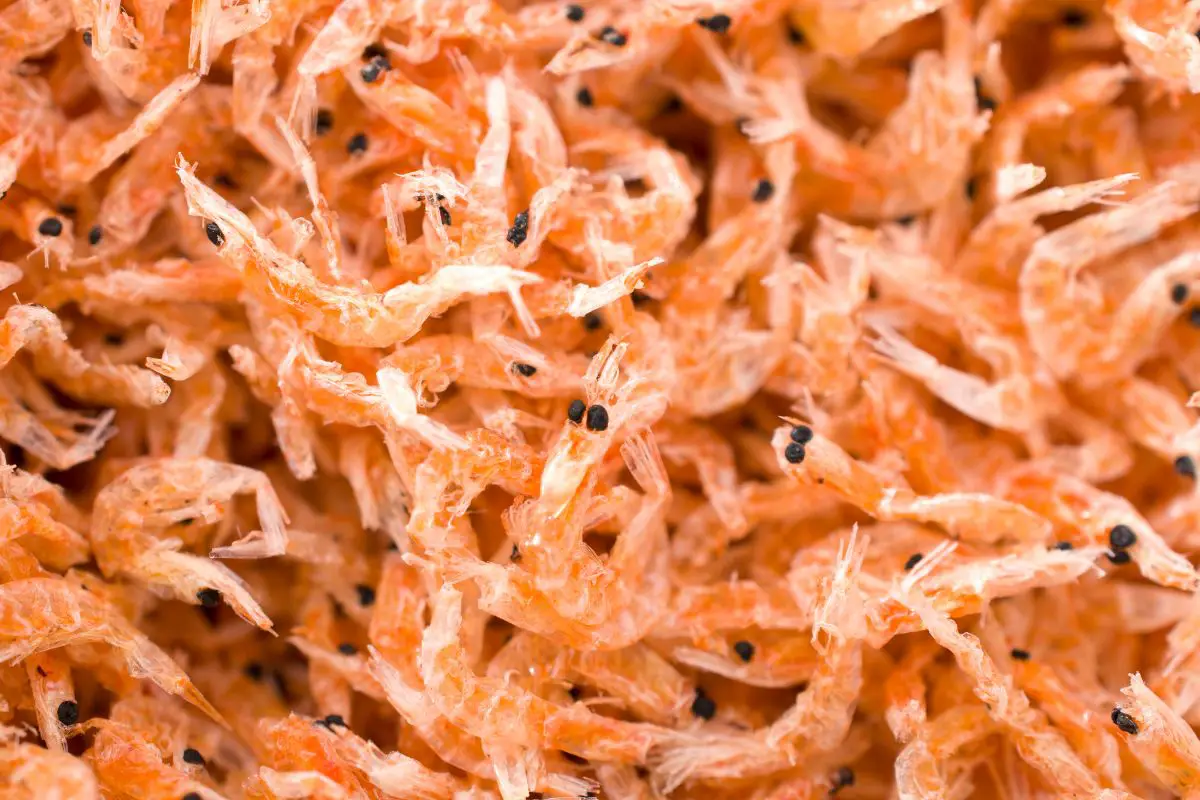
Krill are crustaceans very similar to shrimp and crawfish. They are small, translucent animals with long legs and a hard outer shell. Krill are an important food source for whales, seals, penguins, and other marine animals.
The scientific name for krill is Euphausia superb. Krill are found in all the world’s oceans, but most live in the cold waters of the Antarctic. Krill grow to be about 2 inches (5 cm) long and weigh less than 1 ounce (28 grams).
Krill eat microscopic plants and animals called plankton. Plankton are so small they can only be seen with a microscope. Krill filter plankton from the water using their legs.
They then grind up the plankton with their hard jaws and eat it. Most krill live for only a few years, but some can live for up to six years. Females lay eggs that hatch into small krill called nauplii.
Nauplii look very different from adult krill. They are clear and have only three pairs of legs. Nauplii grow quickly and molt (lose their outer shell) many times before they become adults.
Krill are an important food source for many animals in the Arctic Ocean, including blue whales, seals, penguins, squid, and fish. Humans also harvest krill for use as bait, fish food, and in some countries, as a human food source. They typically live in large schools.
Krill are harvested for human consumption in some parts of the world. They are typically used as bait or fishmeal, but can also be eaten directly. Krill oil is sometimes used as a dietary supplement due to its high levels of omega-3 fatty
3. Hermit crabs
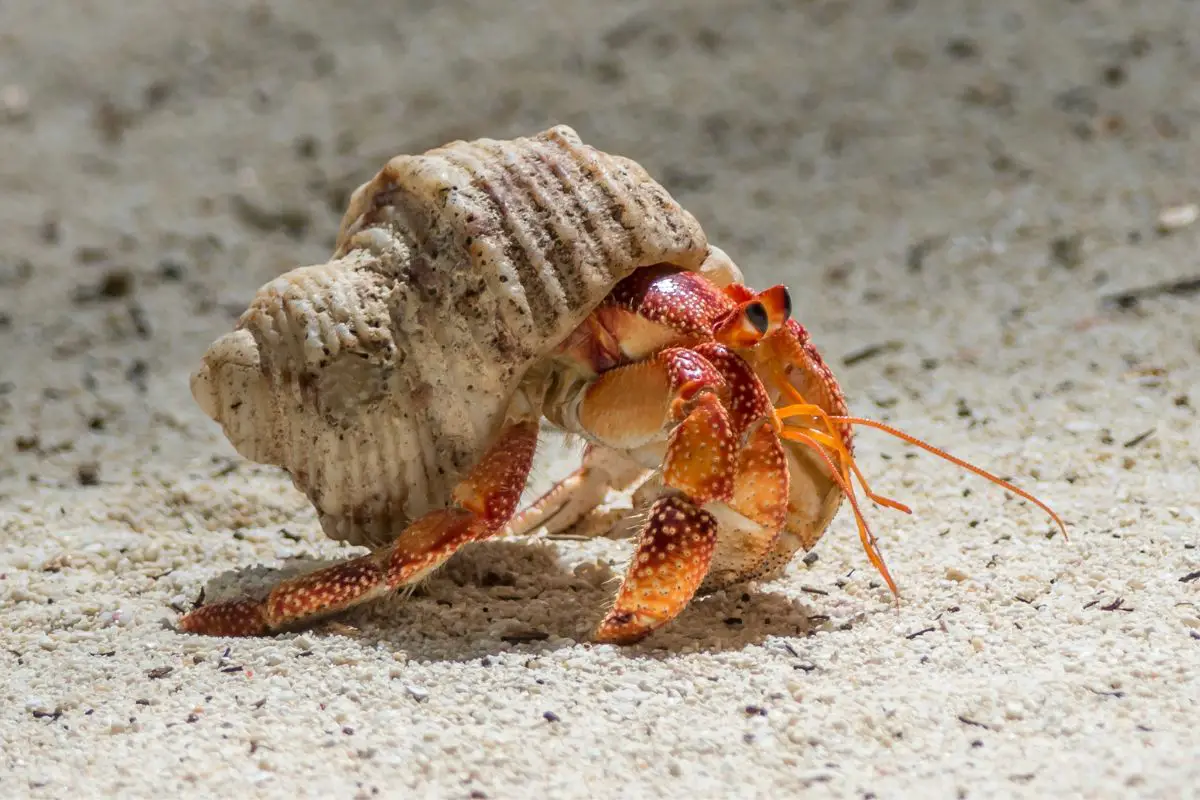
Hermit crabs are crustaceans of the superfamily Paguroidea. Most approximately 1,000 species possess an asymmetrical abdomen concealed in a scavenged mollusc shell carried around by the crab. Hermit crabs can be land-dwelling or aquatic.
Aquatic hermit crabs breathe through gills and must maintain a constant level of humidity to prevent their gills from drying out. Land hermit crabs often have gills that absorb oxygen from the air. They also have specialized cells on their large claws that function as lungs.
Hermit crabs are found in tropical and subtropical regions, including Hawaii and Australia. Most species reside in shallow, coastal waters, where they find abundant food. Hermit crabs are opportunistic feeders and will consume a wide variety of plant and animal matter.
Hermit crabs are generally peaceful creatures that live in large groups. However, there can be aggression between individuals when it comes to housing. The larger the crab, the more desirable the shell, so hermit crabs often fight for shells.
Similarities and differences between hermit crabs and crayfish
Hermit crabs and crayfish are crustaceans with a hard exoskeleton and jointed appendages. However, there are some critical differences between the two animals. Hermit crabs are much smaller than crayfish, with most species only reaching a few inches in length.
However, crayfish can grow much larger, with some species reaching over a foot in length. Hermit crabs live in tropical and subtropical climates, while crayfish are found in temperate climates. Hermit crabs scavenge for food, while crayfish are active predators.
Hermit crabs live in groups, while crayfish are generally solitary creatures. The biggest similarity between hermit crabs and crayfish is that they shed their exoskeleton as they grow. This process, called molting, allows the animal to increase in size.
4. Eastern oyster
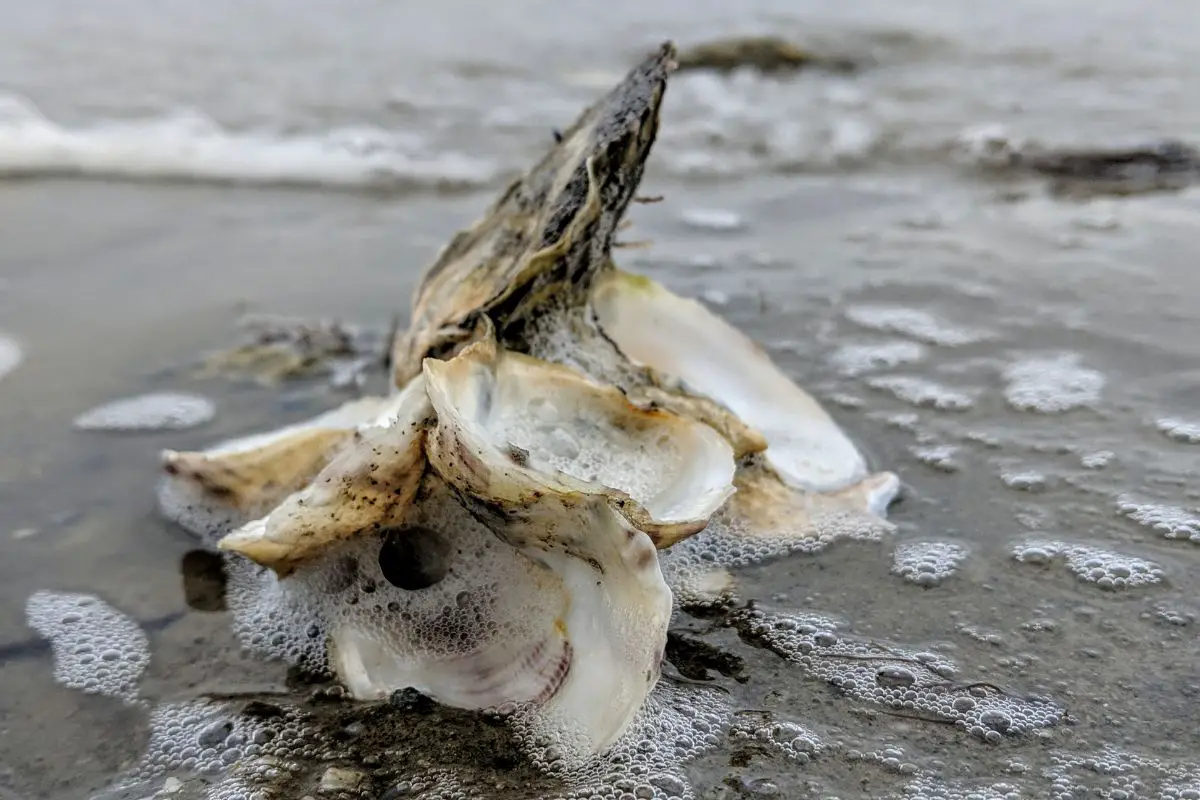
Crassostrea Virginia, commonly known as the Eastern oyster or American oyster, is a species of marine bivalve mollusk in the family Ostreidae. It is native to the eastern coast of North America and the northern Gulf of Mexico. It is also farmed in several areas on both coasts.
The Eastern oyster is the official state shellfish of Connecticut, Virginia, Delaware, and Mississippi. A good portion of the world’s oysters is harvested from the Chesapeake Bay, where they have been harvested for centuries. The Eastern oyster has a thick, rough exterior and a soft body.
It typically grows between three and eight inches long but can reach up to 12 inches. Its color ranges from light gray to tan, with a white or yellowish underside. The oyster’s shell is irregular and usually has a ruffled appearance.
The Eastern oyster is found in brackish waters along the coast of North America, from Maine to Florida and the Gulf of Mexico. It prefers shallow waters and can be found in depths of up to 30 feet. The oyster is a filter feeder, meaning it feeds on plankton and other small organisms that it strains from the water through its gills.
The Eastern oyster and other oyster species are both ecologically and economically important. It plays a vital role in the health of coastal ecosystems by filtering large amounts of water and providing habitat for other animals.
Similarities and differences between oysters and crayfish
Oysters are bivalve mollusks with two hinged shells protecting their soft bodies. Crayfish are crustaceans and have a hard exoskeleton that covers their entire body. Both oysters and crayfish live in water, but oysters are primarily found in saltwater, while crayfish can be found in fresh and salt water.
Oysters are filter feeders and eat by straining plankton and other tiny organisms from the water through their gills. Crayfish are scavengers and eat just about anything they can find, including dead fish, plants, and even other crayfish. One of the main differences between oysters and crayfish is that oysters are harvested for their meat, while crayfish are generally caught for sport.
In addition, oysters are considered a delicacy and are often eaten raw, while crayfish are usually boiled or grilled.
5. Crabs
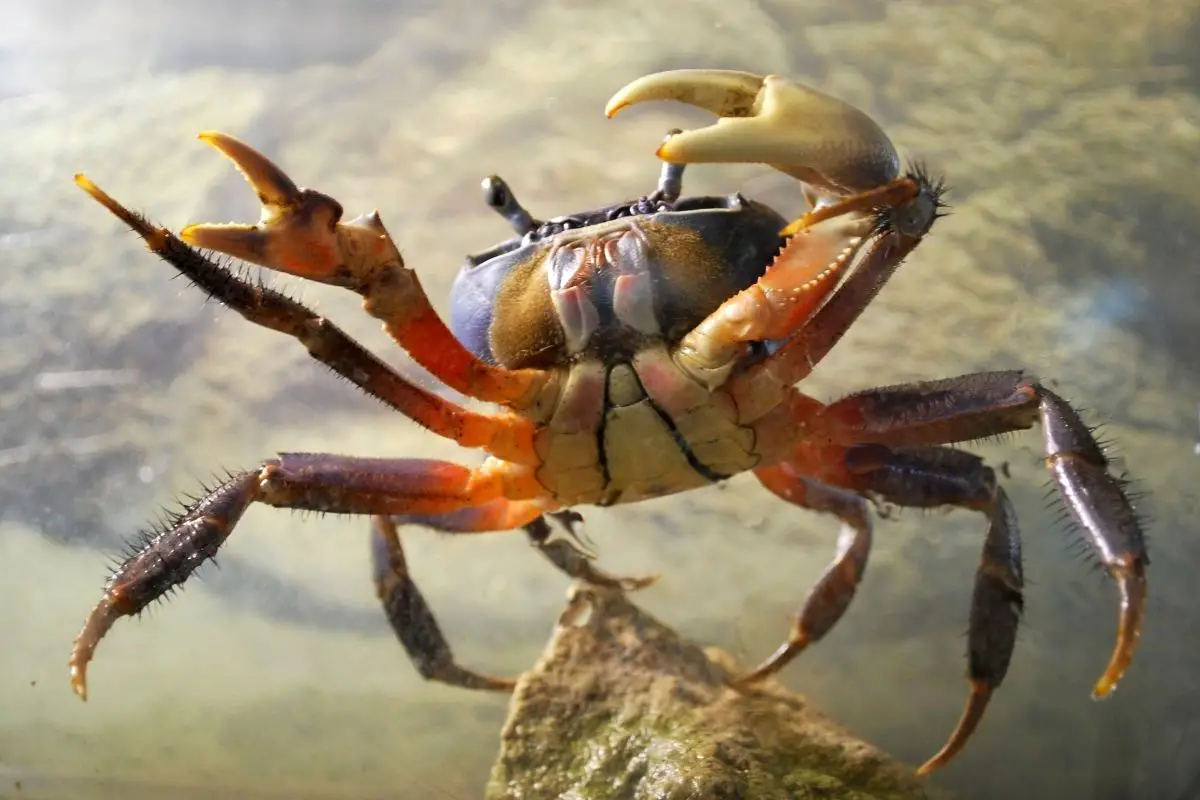
Crabs are a type of shellfish that are related to lobsters and shrimp. They can be found in fresh and saltwater environments and are considered a delicacy in many cultures. Crab meat is high in protein and low in fat, making it a healthy choice for those who are looking to add more seafood to their diet.
While there are many different crabs, the most popular varieties include blue crab, Dungeness crab, king crab, and snow crab. These crabs can be cooked in various ways, including steamed, boiled, baked, or grilled. Crab legs are often served as an appetizer or main course, while crab cakes are a popular way to enjoy crab meat in a sandwich or entrée.
Crabs similar to crayfish include the Chinese mitten crab (Eriocheir Sinensis) and the Japanese spider crab (macrocheira kaempferi). These two species are very similar in appearance and habitat but have some notable differences. The Chinese mitten crab is a freshwater crab that is to China and Japan.
It has a dark brown or greenish-brown carap with hairy claws. The Japanese spider crab is a saltwater crab found in waters around Japan. It has a red or orange carapace and long, spindly legs.
Both crabs are omnivorous and eat a variety of small animals and plants. While crabs similar to crayfish can be found in fresh and salt water, crayfish are typically found in freshwater habitats. This is because they are more sensitive to salt than crabs are.
Crayfish are also typically smaller than crabs, with most species only reaching a few inches in length. However, the biggest crayfish in the world is the Australian freshwater lobster (Astacopsis gouldi), which can weigh up to 9 pounds and grow to over 3 feet long!
6. Langoustines
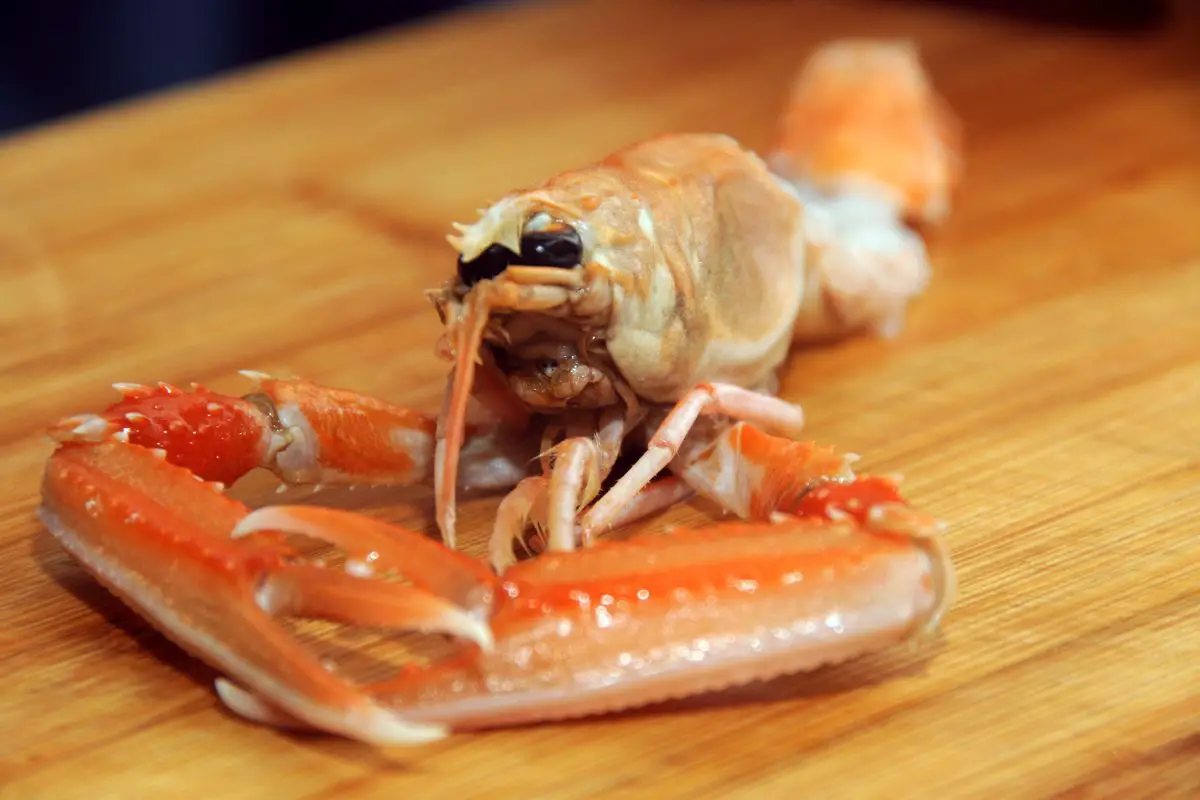
Also known as Dublin Bay prawns, these are a type of shellfish similar to crawfish. They are commonly found in the Mediterranean Sea and can grow up to a length of 15 cm. langoustines have a sweet, delicate flavor and are often used in fine dining establishments.
What can I substitute for crawfish?
A few different types of fish can be used as a substitute for crawfish in recipes. These include shrimp, lobster, and crayfish. While the taste and texture of these fish are not the same as crawfish, they can still be used to create a similar dish.
What is the closest relative to a crayfish?
Lobsters and crabs are the closest relatives to crayfish. All three of these animals are in the crustacean family and appear similarly. While they are not the same, they can be used interchangeably in recipes.
What is the difference between a crawfish and a shrimp?
The main difference between crawfish and shrimp is their size. Crawfish are much smaller than shrimp and have a different flavor. In addition, crawfish are typically cooked whole, while shrimp are peeled and deveined before cooking.



